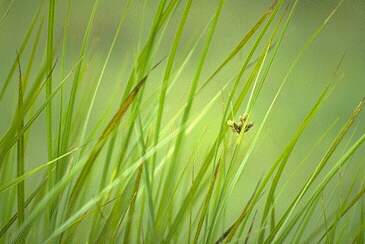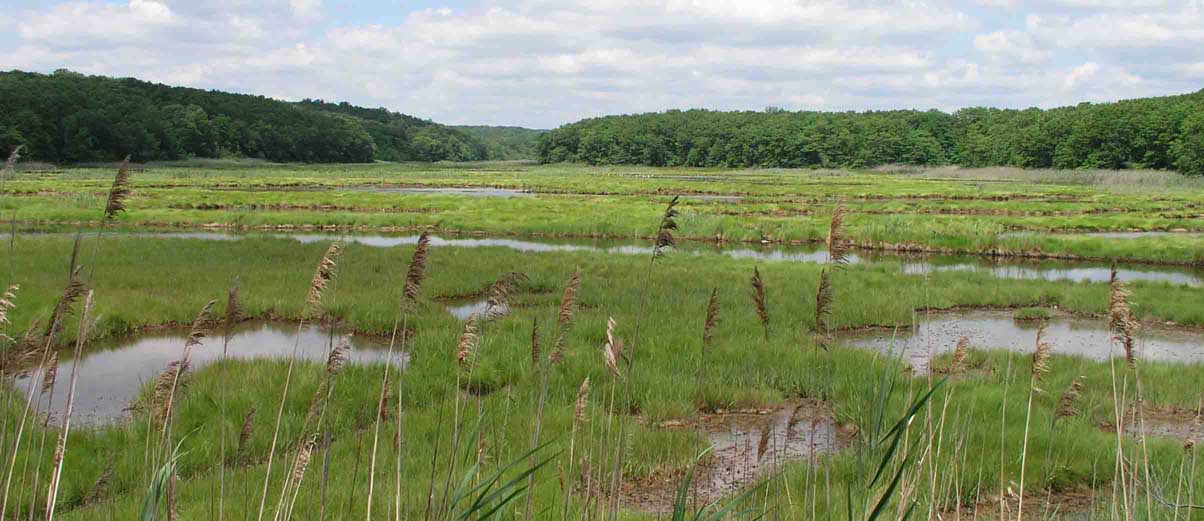Sign up for FlowVella
Sign up with FacebookAlready have an account? Sign in now
By registering you are agreeing to our
Terms of Service
Loading Flow


Salt BlockersPlants that grow in tidal Wetlands must adapt to the high level of salinity in the water and soil. Some mangroves have specialized cells in their roots which block salt from entering. Other plants such as the salt marsh grass Spartina secrete the excess salt that they take in from specialized glands.
Peat Mossses-also known as bog mosses (Sphagnum spp.) - are exceptional Wetland plants. They are capable of growing in very acidic conditions where there is no groundwater flow, and where the only source of nutrients comes from rainfall. Their unique structure allows them to hold 15 times as much water as the weight of the plant. Because of its ability to hold water, Peat moss can sustain itself during long dry periods.
Plant adaptations
Mangrove "Knees" Some trees such as mangroves and cypress have evolved a curious way to deal with the problems of growing in a wet and salty place. They have evolved to have curious looking projections from their roots called pneumatophores, or "knees". These "knees" develop from the lateral roots that are growing near the surface, and protrude up to 12" out of the soil or sediment. The precise function of these "knees" is not known, but their is general agreement that they aid the plants in maintaining adequate root respiration in a watery environment.

